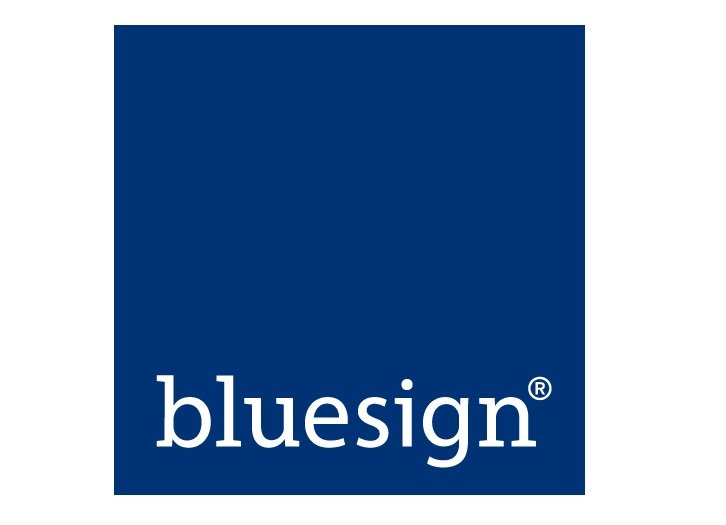Your sustainability dictionary - What do the standard and certificates mean?
Photo by Christina Lurell at Cobosabi
These days it is not easy to know what is what. The fashion brands and stores are full of marketing such as “conscious collection”, “sustainable fashion” and “eco-luxury”. It is easy to be misleading and think the product you are buying is good for the environment and the workers who created it. To be misled by companies' environmental marketing is called Greenwashing and you are not the one to be blamed. In an ideological world, only products that are good for the planet and the people would be sold, but we are far from that even though small steps are taken such as the European Union law about the Due Diligence proposal (stay tuned we will write about that one too).
There are however standards in place to guide companies and consumers, but they do have different meanings and we hope this list will at least give you a better understanding of what to look for next time you hear claims such as “sustainable fashion” when it comes to newly produced clothes. Notice that all of them work on different aspects of sustainability, such as environmental or social. They also have their criteria and tests and it can be hard to know which one is the most strict. But what we do know is that many of these standards are controlled by a third party which makes them more reliable. And to be on the safe side, go for the clothes that might have a combination of several certificates and the ones you don’t understand, please feel confident to ask. The staff in the store should know about the social and environmental standards of the clothes they are selling.
Bluesign
A certification for brands using their technology where products are manufactured with responsible use of resources and the lowest possible impact on people and the environment. For example low use of chemicals.
EU Ecolabel
The certification was established in 1992 and used in Europe. It follows standard ISO 14024. The standard has several environmental criteria’s that need to be followed throughout the whole lifecycle of the product. The criteria’s are low use of water, low carbon footprint and encouragement of recycling and reparation, among others.
Fairtrade
A certification to guarantee fair trade for farmers across the middle- and low-income countries. Fairtrade certification promises farmers a minimum wage, minimum price and a premium system that can be invested in the local community. Fairtrade also promotes equality, empowerment of unions and a harm-free environment for workers. Fairtrade certifies cotton and complies with ILO core convention.
Fair Wear
A foundation focusing on supporting workers in garment production. They work with 130 member brands to find a fairer way to make clothes.
GOTS
The Global Organic Textile Standard is used globally and has been on the market for more than 12 years. It sets standards for organic fibres including social and ecological criteria. The products wearing GOTS including the world organic bus consists of 95% organic fibre while the other one saying made of organic must include at least 70%. The label is among the best in the fashion industry and you can easily read more about them on its website.
PETA-approved
A logo that can be used by brands only selling vegan products and comes with an annual fee (like most certification marks).
Oeko-tex 100/ 1 000
The International Association for Research and Testing in the Field of Textile and Leather Ecology is a union of 18 independent textile research institutes. They have several certifications for textile products following their standards with a high focus on the reduction of harmful substances. With Standard 100 you can certain that every component of the garment has been tested for harmful substances.
Please learn more from our Glossary list!








